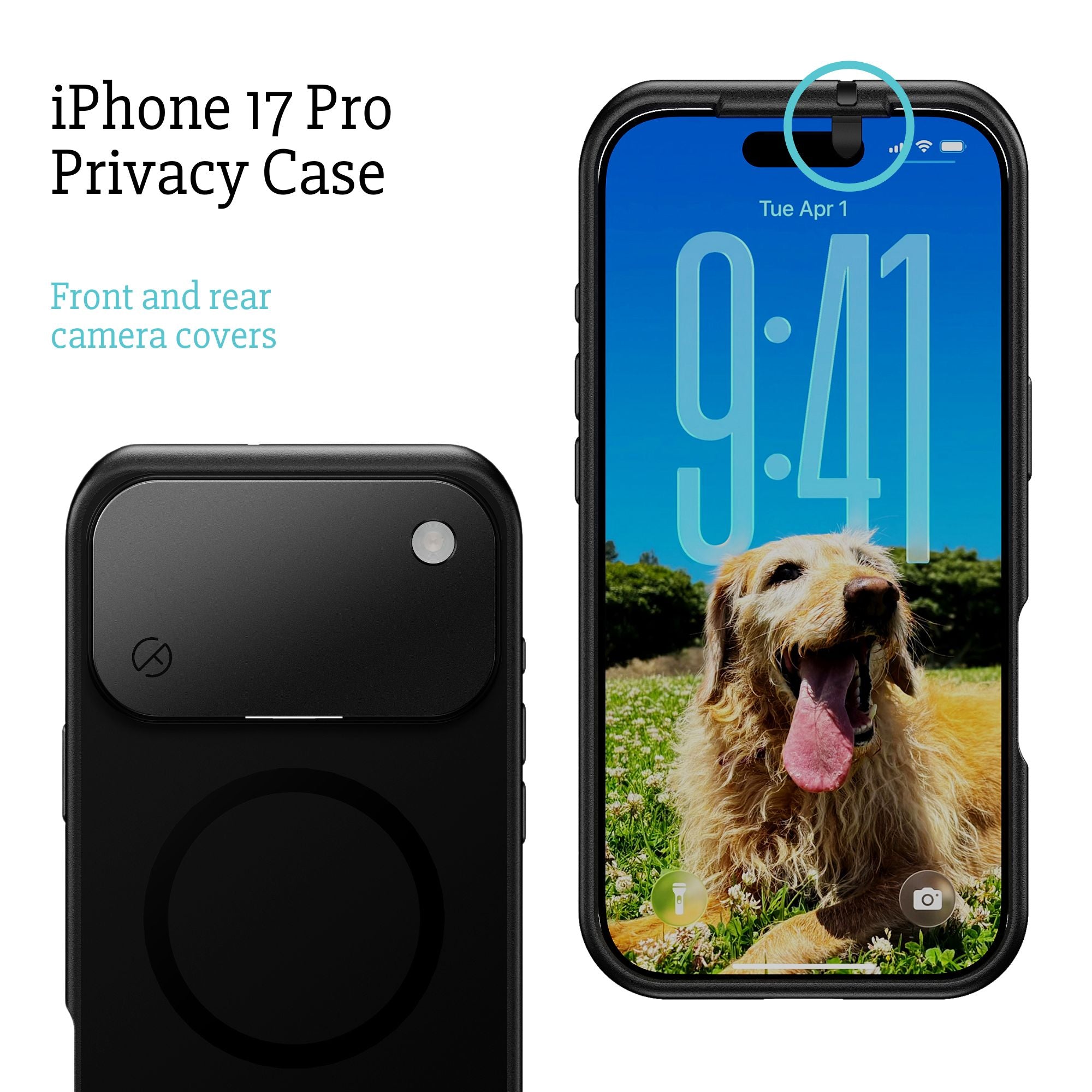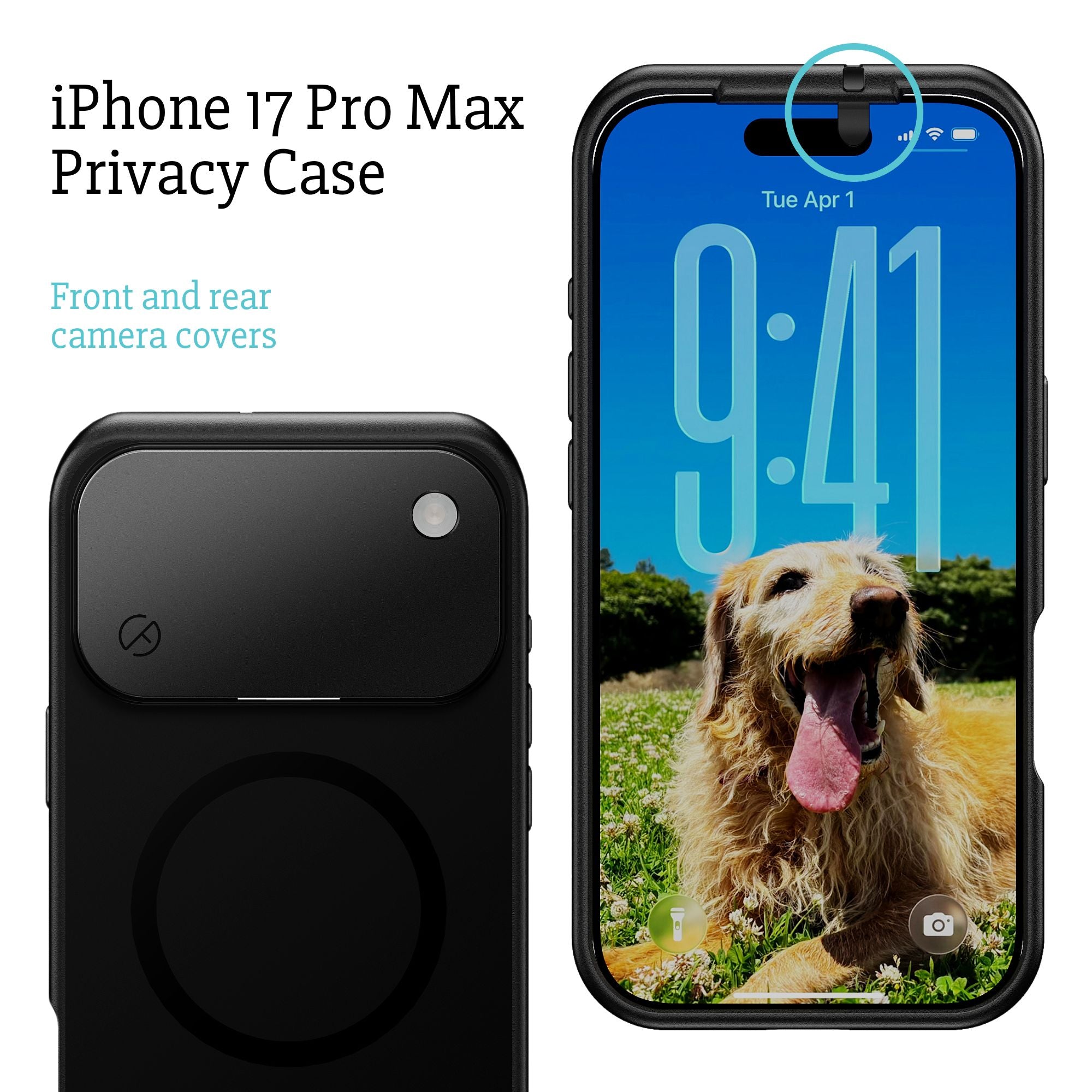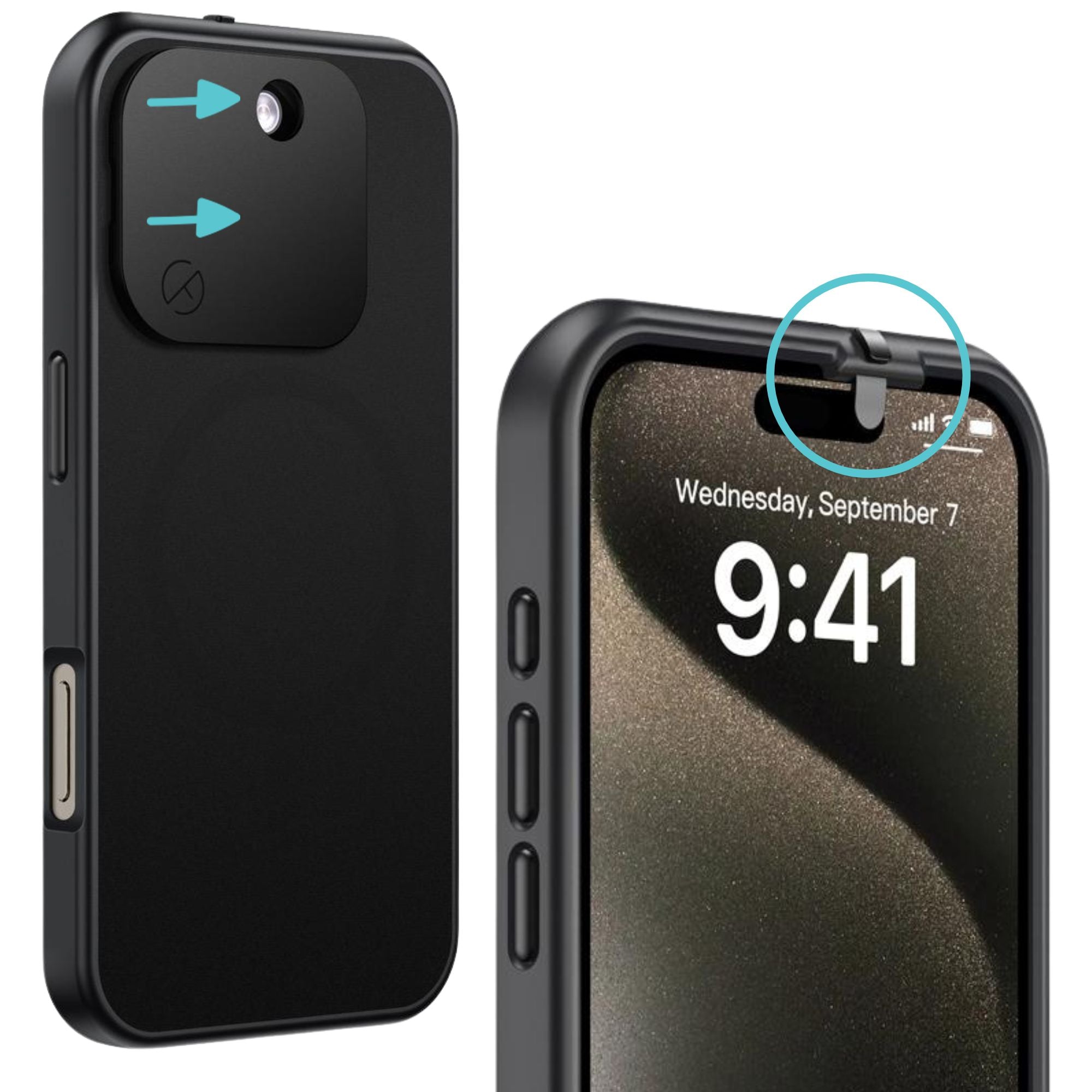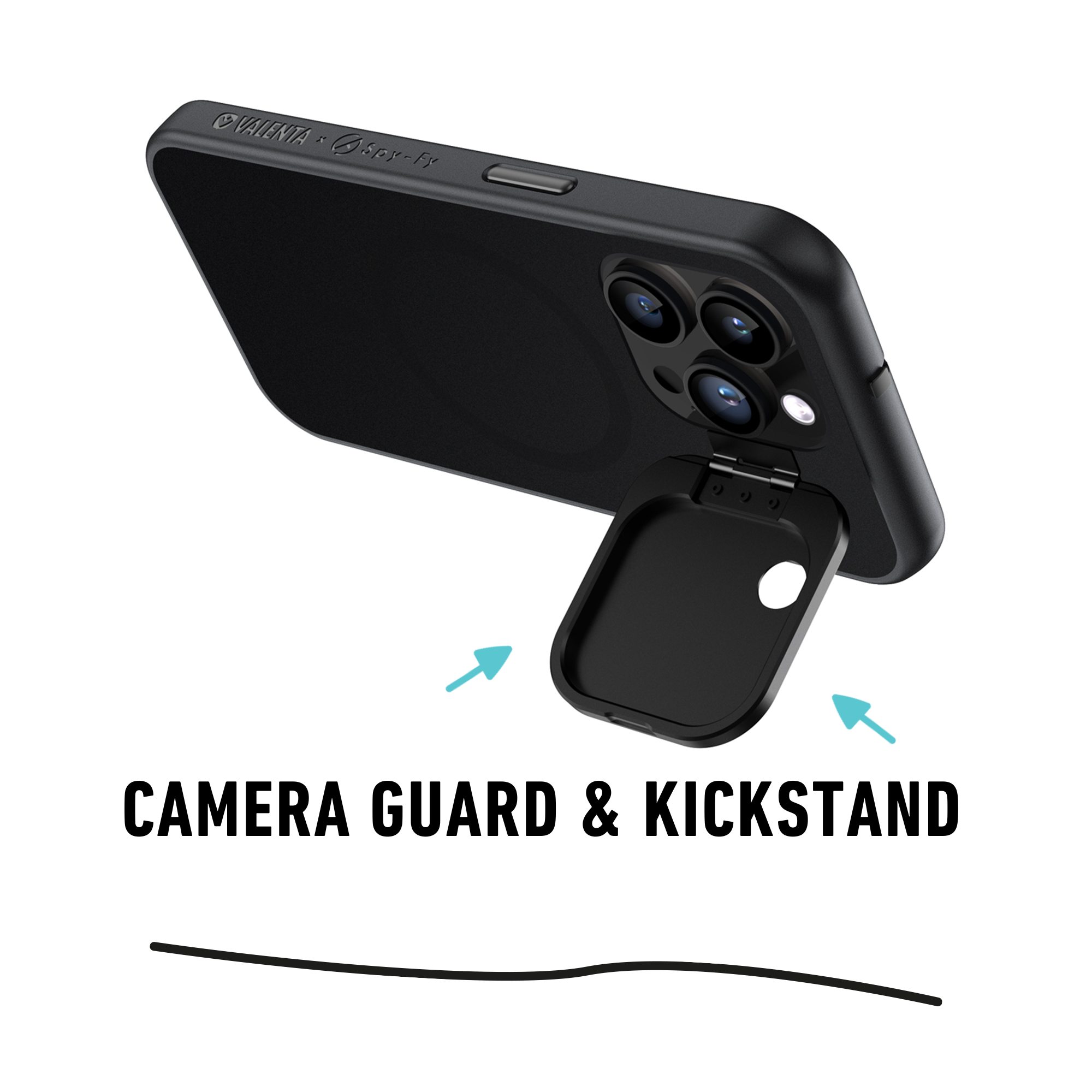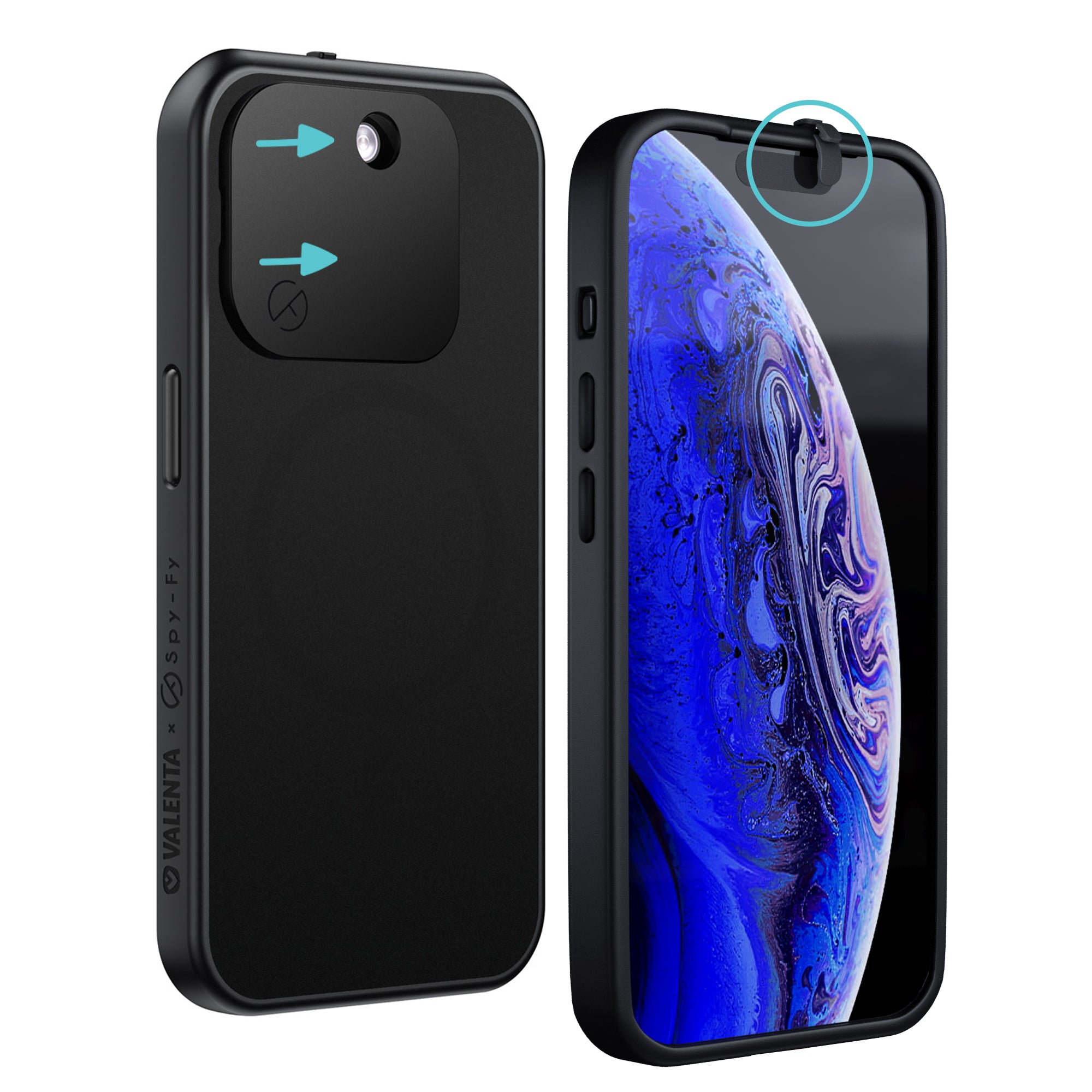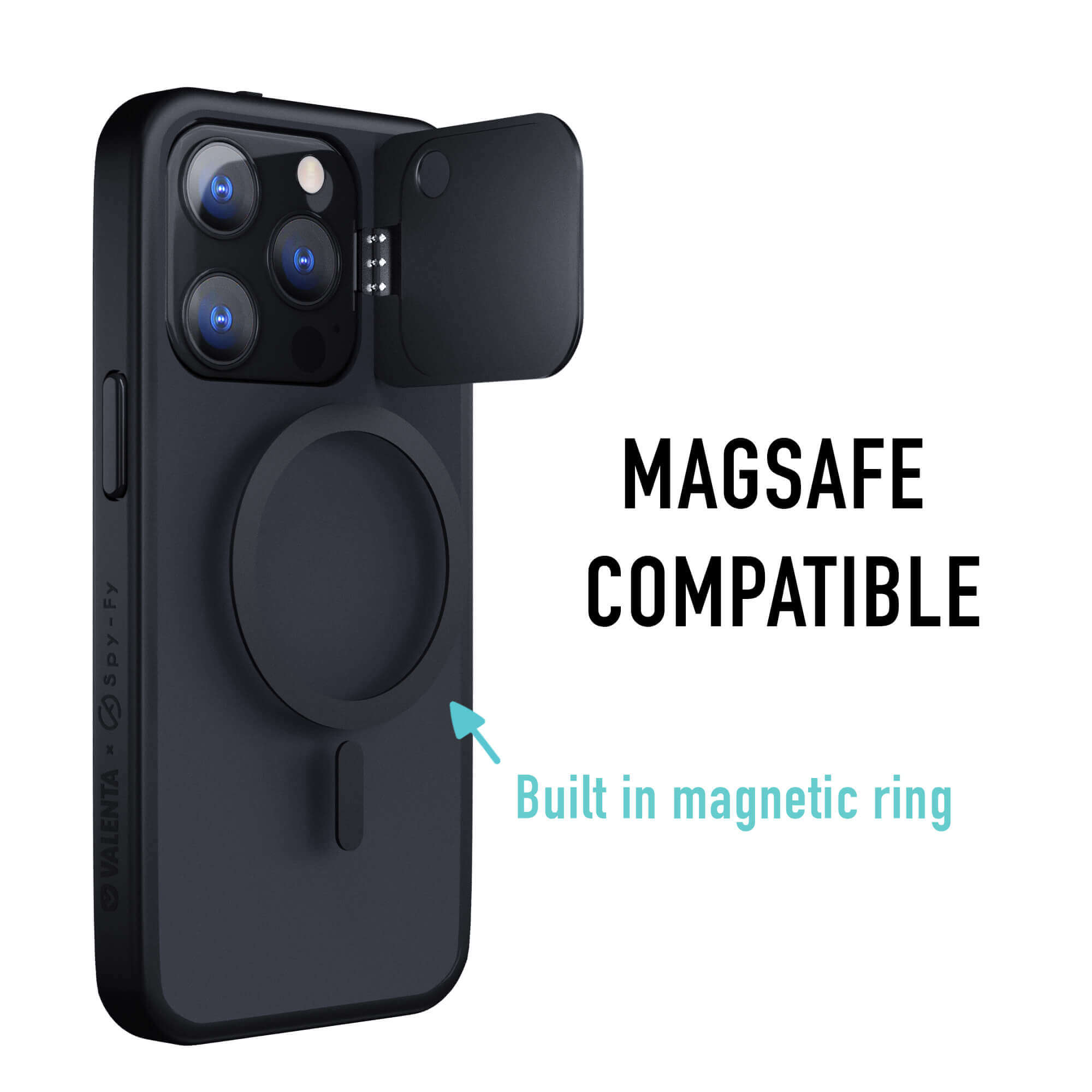Imagine a business that is still fully reliant on pens and paper, writing down every single detail that is needed to run the business successfully. In our modern-day age, this is a mere illusion for even the smallest companies or organizations. Technology is a great gift and comes with many conveniences. It enables people to work from anywhere, something which is allowed or even promoted by many employers.
What is juice jacking?
Many people work while they travel. Some commuters might leave a bit early and continue their work whilst on the bus or train, or some might work at the airport while waiting for a flight. If your device is low on battery, you want to charge it. Many of the public transport options that were just named have simple USB slots where any device can be charged. Other than in public transport, these free charging points are seen in many other places too like coffee shops, hospitals, or fast-food restaurants.
What many people don’t know is that the USB ports not only function as a channel for charging, but they also function as a channel for the transfer of data. Juice jacking is the process of hacking the data of any smart device by jacking these public USB ports. Because of this, hackers can illegally gain access to the data of business phones, or any other hardware devices related to your business. Exact actions that are taken by the user can be seen or hackers can inject harmful malware into the device. The only thing that they need is an unsuspicious employee to charge their device.
How does juice jacking work?
To put it simply, public charging points are the easiest prey for juice jacking hardware because they are easily modifiable. They are, indeed, physically modified by hackers. This is done by modifying the exact points with which the USB cable connects with the USB charging point. The connection that is made between the smart device and the USB charging points is exploited, through which malware can be installed onto devices without any notification or consent. Any device that can be charged via the USB ports is prone to juice jacking, from iOS to Android to BlackBerry and anything in between. Especially because new laws make it mandatory to have universal charging ports in all small devices, the risk of spreading business data without notice grows.
As soon as you plug in the two devices are free to transfer data. Of course, most people don’t think of USB ports as actual devices that can communicate with other devices. After all, that is not the goal of plugging in: the goal is to simply charge a phone or laptop. However, if the charging USB port is hacked, the port is not simply a charger but just as well a device for data transferring. The physical difference between a normal USB port and a hacked USB port is hardly noticeable, that’s why so many people don’t realize that they’re plugging their devices into a modified USB port.
How to prevent juice jacking?
Preventing juice jacking can be done by returning to pen and paper as we imagined before. However, we already established that this isn’t compatible anymore with the current zeitgeist. Luckily there are more options to block data transfer between public USB charging points and the devices of your employees. To prevent juice jacking devices to retrieve data from your employee’s business devices, the best option to resort to is data blockers. These come in two kinds.
The first one is a USB data blocker charging adapter. This product can be placed between any USB cable and a public USB charging point. The USB data blocker will specifically block the USB port from retrieving data from the device, even if it is adjusted by a hacker. Although it might look like a regular USB stick, the USB data blocker isn’t made for storing files but purely functions as a product that helps protect the online privacy of your company.
The second option, cables with built-in USB data blockers. The only difference between the two is that regular USB data blockers are an add-on to the charging cable, while the data blocking in the second option is already integrated into the cable itself. In terms of effect, there is no difference between the two, and which one your company should use comes down to preference.
Protect the data of your organization
It should be clear by now that loosely charging devices in public spaces comes with quite some risks. By using a USB data blocker in any of the two forms just described, your company or organization can prevent the unwanted sharing of data with hackers.
If your company is not yet using devices for the protection of the data within your company, you can request a free sample or get a quick quote for a customized USB data blocker through this link.




